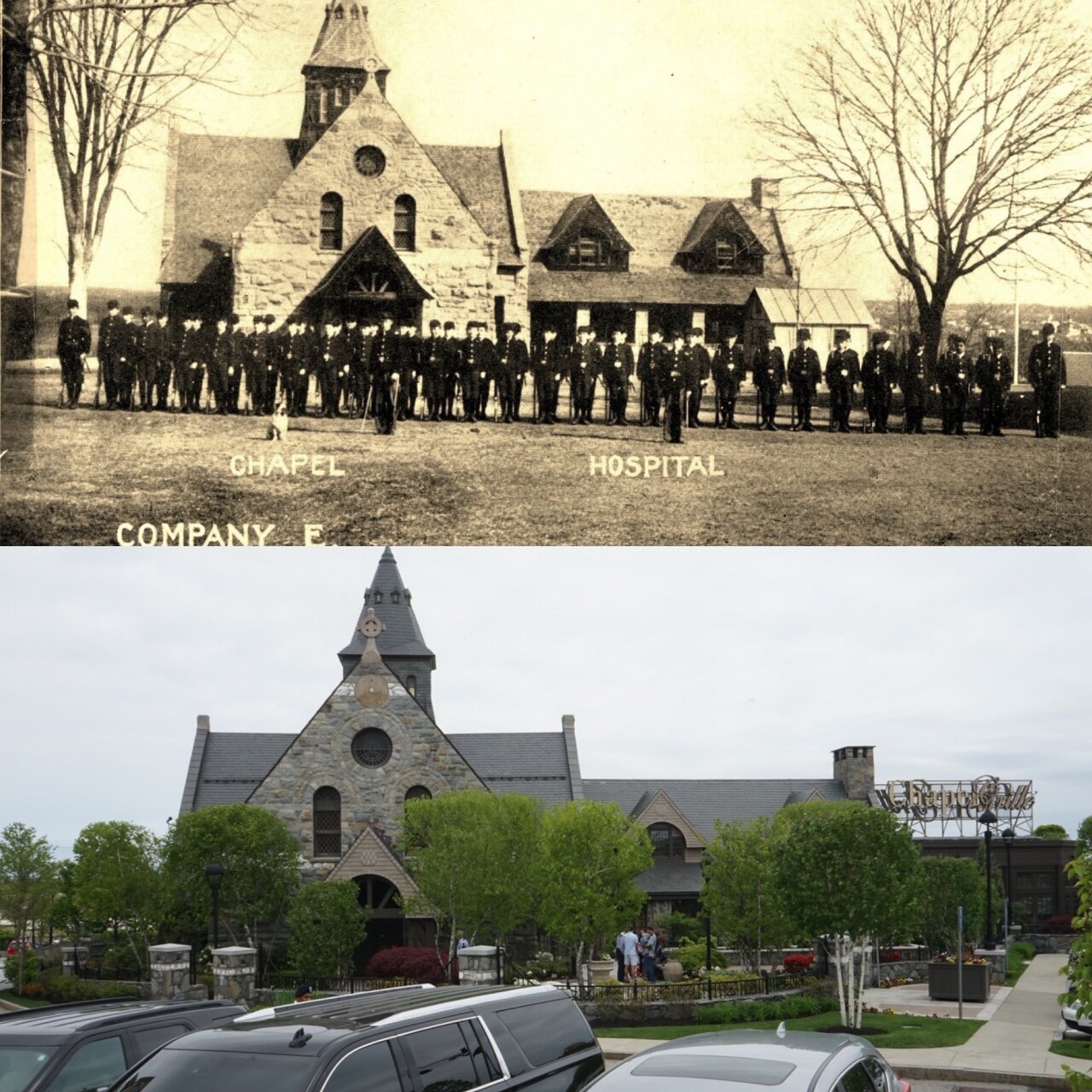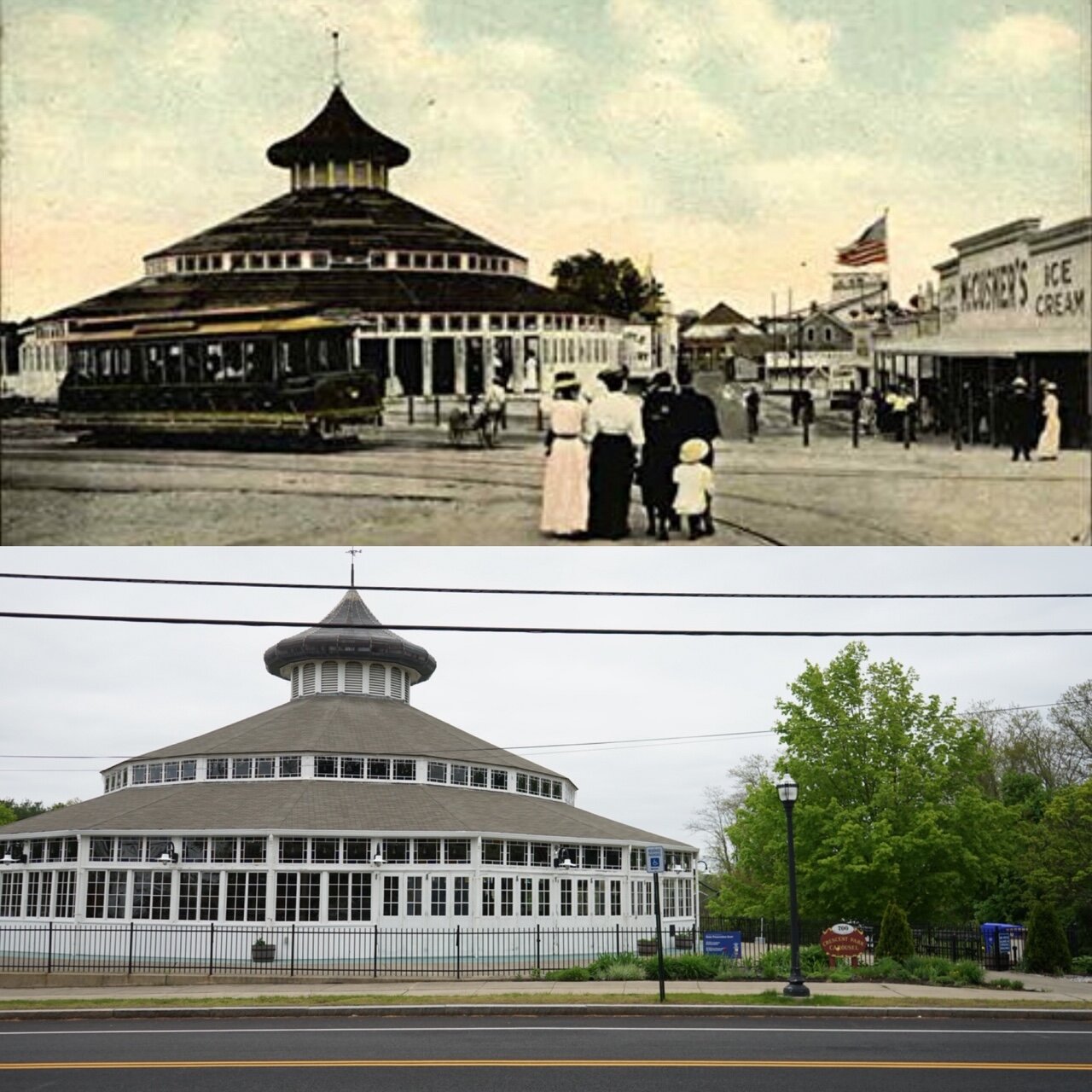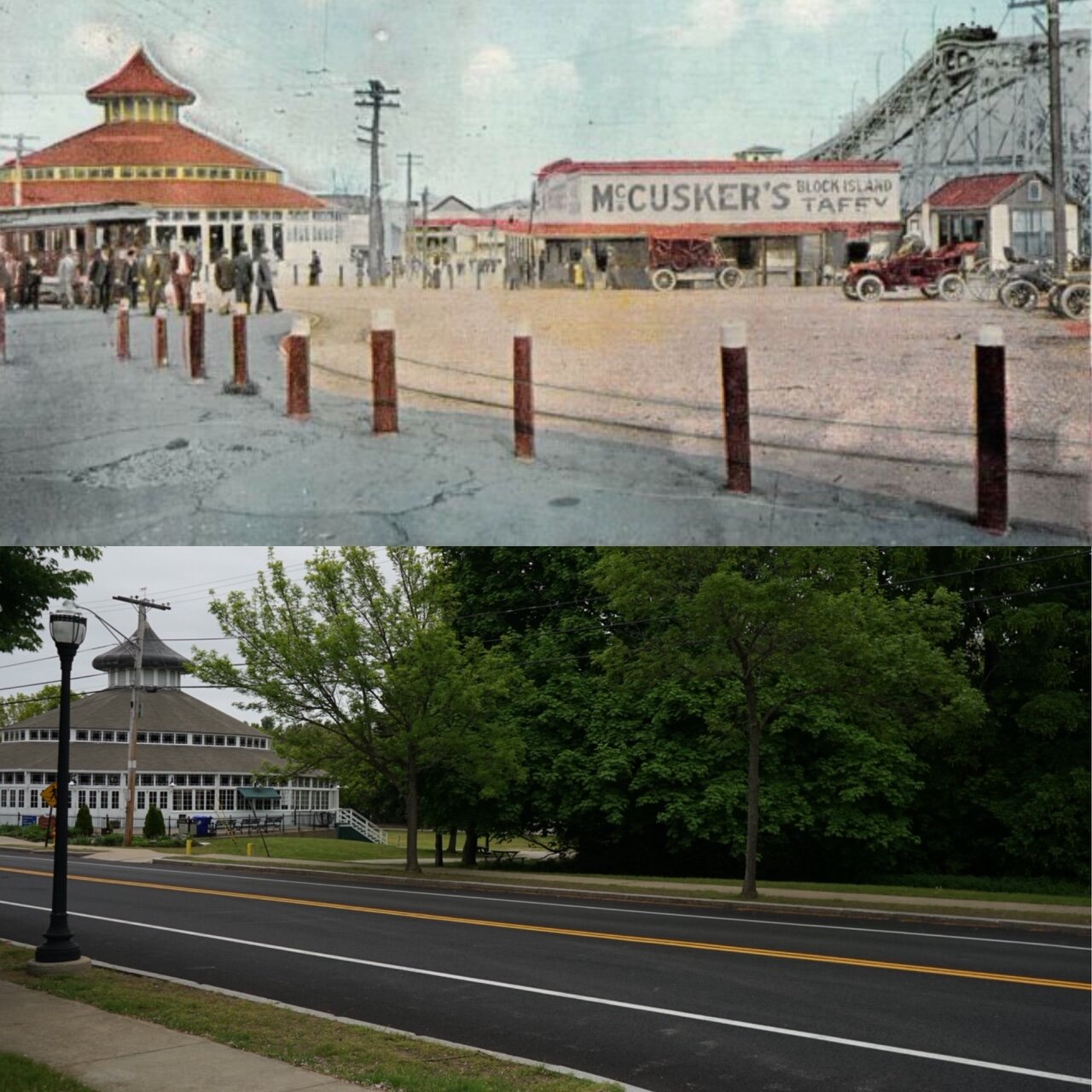Sockanosset School for Boys
If you were a young boy in Rhode Island during the last century and you had a knack for trouble, it wasn’t uncommon for your parent or guardian to threaten, “I’m going to bring you to Sockanosset!” The Sockanosset School for Boys shuttered its doors the year before I was born, but that didn’t stop my parents from telling me that they were going to bring me there if I didn’t behave. All I had ever seen of the school as a kid was a desolate campus full of windowless abandoned buildings. Friends at school would whisper about the spirits that haunted the grounds and would tell of their older siblings’ exploits into the buildings in search of the supernatural and unexplained. Between Sockanosset’s spooky reputation and its former service as the “bad boys’ school,” my parents’ warning was enough to straighten me out immediately.
Looking into the Sockanosset School, it seems the urban legends about the place don’t hold much water. Opening in 1881, the Sockanosset School was a detention facility designed to be a place of reformation for juvenile offenders. While one might imagine that any juvenile detention facility would be rough around the edges, I also found many accounts that described the administrators at Sockanosset as forward-thinking in their approach to dealing with “wayward boys.” Initially, the school offered structure and discipline through labor-intensive projects such as farming, construction, or even shoveling coal from the small coal mine that existed where the Garden City Shopping Center now stands. As time progressed, Sockanosset shifted its mission from reform to education, offering young boys the opportunity to learn a vocational trade. By the 20th century, Sockanosset, while still serving as a juvenile detention center, was a well-respected vocational school with an emphasis on preparing boys for a future after their release. By the 1980s, lack of funding and the termination of vocational training made Sockanosset obsolete and it closed in 1985.
Today, the old, eerie Sockanosset School for Boys has found new life as an upscale shopping plaza with luxury condos on the top levels. Completely renovated, you would never know that the buildings are over 120 years old. The former school’s chapel is now Chapel Grille, a fine dining establishment. It’s always nice to see a developer utilize historical buildings rather than raze them, but while the buildings remain, the legends have faded with each new generation of kids. Today, if your parent or guardian tells you they’re bringing you to Sockanosset, it’s probably for an ice cream at Coldstone Creamery.










